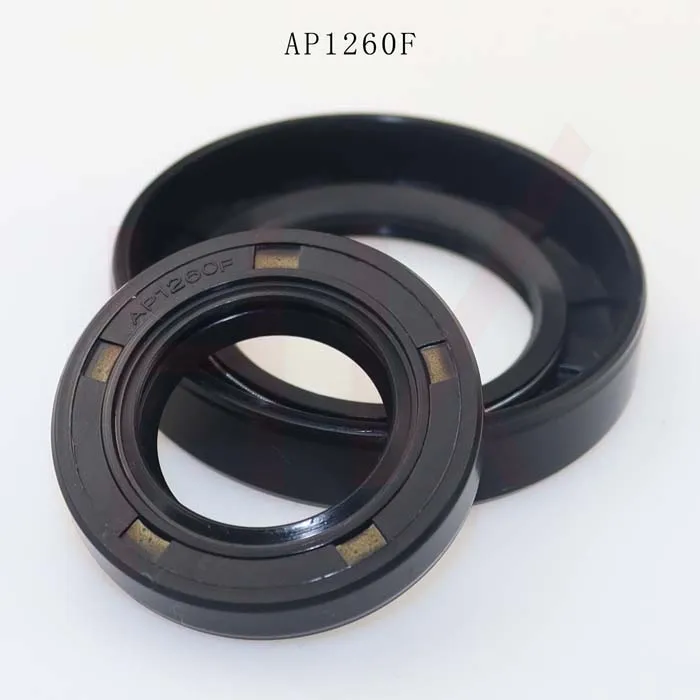nov . 27, 2024 21:24 Back to list
Replacing Seals in Hydraulic Cylinders for Enhanced Performance and Longevity
Replacing Seals in a Hydraulic Cylinder A Comprehensive Guide
Hydraulic cylinders are vital components in various machinery, providing the necessary force and motion to perform tasks in industrial and construction settings. One common issue that arises with hydraulic cylinders is the wear and tear of seals. Over time, seals can degrade, leading to fluid leaks that can diminish performance and cause further damage. This article delves into the process of replacing seals in a hydraulic cylinder, ensuring the longevity and efficiency of your equipment.
Understanding the Importance of Seals
Hydraulic seals play a crucial role in maintaining the integrity of hydraulic systems. They prevent hydraulic fluid from leaking out of the cylinder, ensuring that pressure is maintained within the system for optimal performance. Seals also keep contaminants from entering the cylinder, which could otherwise cause significant damage. Regularly checking and replacing worn-out seals is essential for the reliable operation of hydraulic machinery.
Signs of Worn Seals
Before diving into the replacement process, it's essential to recognize the signs that your hydraulic cylinder seals may need replacing. Common indicators include
1. Fluid Leaks The most obvious sign is visible fluid leakage around the cylinder. If you notice fluid pooling or dripping, it’s time to inspect the seals. 2. Decreased Performance A sudden drop in performance, such as slower movement or loss of power, can signal that seals are compromised.
3. Unusual Noises Squeaking or grinding noises can indicate that seals are failing, allowing air or dirt to enter the hydraulic system.
4. Increased Maintenance Needs Frequent breakdowns or maintenance can also suggest that seals are wearing out.
Tools and Materials Needed
Before you begin the seal replacement process, gather the necessary tools and materials
- Safety gloves and goggles - Clean cloths - Hydraulic fluid - Seal kit specific to your cylinder model - Wrenches and sockets - Screwdrivers - Pliers - A seal puller or scraper - Torque wrench - A small brush for cleaning
replacing seals in a hydraulic cylinder

Step-by-Step Replacement Process
1. Preparation Start by ensuring the hydraulic system is turned off and depressurized. This step is critical to avoid accidents. Use the safety equipment and take necessary precautions.
2. Remove the Cylinder Depending on your machinery, you may need to remove the hydraulic cylinder from its housing. This often involves detaching hoses and bolts using wrenches.
3. Disassemble the Cylinder Carefully remove the end cap or head of the cylinder. Be cautious to prevent any damage to the cylinder or components. You may need to tap gently with a rubber mallet to loosen tight parts.
4. Remove Old Seals Use a seal puller or scraper to carefully remove the old seals. Be mindful not to scratch or damage the cylinder's inner surfaces as you do this.
5. Clean the Cylinder Thoroughly clean the cylinder and its components using a clean cloth. Remove any dirt, debris, or residue to ensure a proper seal fit.
6. Install New Seals Take the new seals from your seal kit and install them according to the instructions provided with the kit. Ensure they fit snugly and are seated properly in the grooves.
7. Reassemble the Cylinder Carefully reattach the end cap or head, ensuring everything is aligned correctly. Use a torque wrench to tighten the bolts to the manufacturer’s specifications.
8. Reinstall the Cylinder Place the hydraulic cylinder back in its mounting position and reconnect any hoses and electrical connections.
9. Test the System Once everything is reassembled, turn on the hydraulic system and monitor for leaks. Check the performance of the cylinder to ensure it operates smoothly.
Conclusion
Replacing seals in a hydraulic cylinder is a straightforward process that can significantly enhance the performance and lifespan of your hydraulic equipment. Regular maintenance and prompt seal replacement can save you time and money in the long run by preventing more extensive damage. Always follow safety protocols and consult your machinery's manual for specific guidelines regarding seal replacement. By taking these steps, you can ensure that your hydraulic systems operate efficiently and effectively.
-
TCN Oil Seal Metal Ring Reinforcement for Heavy Machinery
NewsJul.25,2025
-
Rotary Lip Seal Spring-Loaded Design for High-Speed Applications
NewsJul.25,2025
-
Hydraulic Cylinder Seals Polyurethane Material for High-Impact Jobs
NewsJul.25,2025
-
High Pressure Oil Seal Polyurethane Coating Wear Resistance
NewsJul.25,2025
-
Dust Proof Seal Double Lip Design for Construction Equipment
NewsJul.25,2025
-
Hub Seal Polyurethane Wear Resistance in Agricultural Vehicles
NewsJul.25,2025
-
The Trans-formative Journey of Wheel Hub Oil Seals
NewsJun.06,2025
Products categories
















